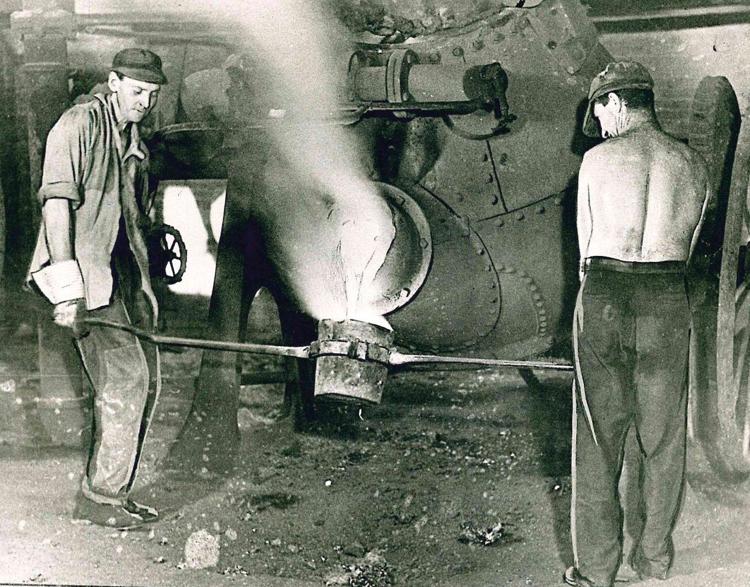Hingley & Sons was indeed a prominent British company known for manufacturing chains and anchors. In the early 20th century, they were involved in producing the anchor chain for the RMS Titanic, one of the most famous ocean liners in history. The Titanic's anchor chain was a crucial component of the ship's anchoring system.
 |
 |
To construct the anchor chain for the Titanic, Hingley & Sons employed a combination of traditional blacksmithing techniques and industrial manufacturing processes available at the time. Here's a general overview of how the process might have unfolded:
 |
Material selection: Hingley & Sons would have chosen high-quality steel to create a strong and durable anchor chain. Steel was a preferred material due to its strength and resistance to corrosion in a marine environment.
Steel production: The first step involved obtaining the steel required for the chain. Hingley & Sons might have procured steel ingots or billets from ironworks or steel mills. The steel would have been carefully inspected and tested for quality.
 |
 |
Heating and forging: The steel was heated in a forge until it reached a malleable temperature. Skilled blacksmiths would then use various tools, such as hammers and anvils, to shape the heated steel into individual links of the anchor chain. Each link would be forged to specific dimensions and carefully inspected for uniformity.
Joining the links: Once the individual links were forged, they were joined together to form the anchor chain. This process involved inserting the ends of adjacent links into each other and securing them using methods such as riveting or welding. The links needed to be firmly connected to ensure the strength and integrity of the chain.
 |
 |
Testing and quality control: After the chain was assembled, it would undergo rigorous testing to ensure its reliability. Various tests, including load testing and visual inspections, would be conducted to verify the chain's strength and structural integrity. This step was crucial to guarantee the chain's ability to withstand the tremendous forces it would encounter when the Titanic dropped anchor.
Finishing touches: Once the anchor chain passed the necessary tests, it would undergo any final treatments or coatings to protect it from corrosion. This could involve galvanizing or applying other anticorrosive measures to enhance the chain's longevity in saltwater environments.
 |
 |



